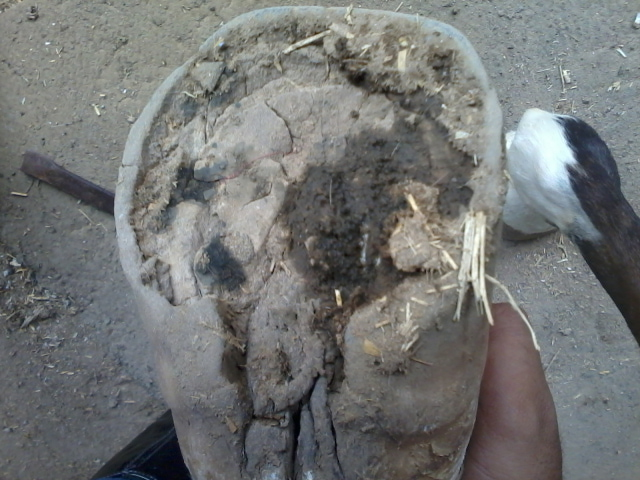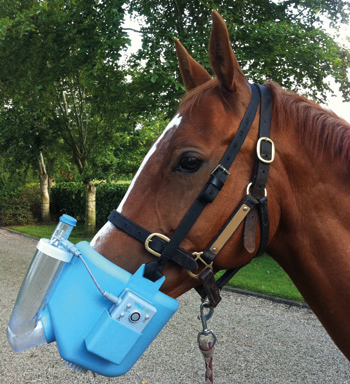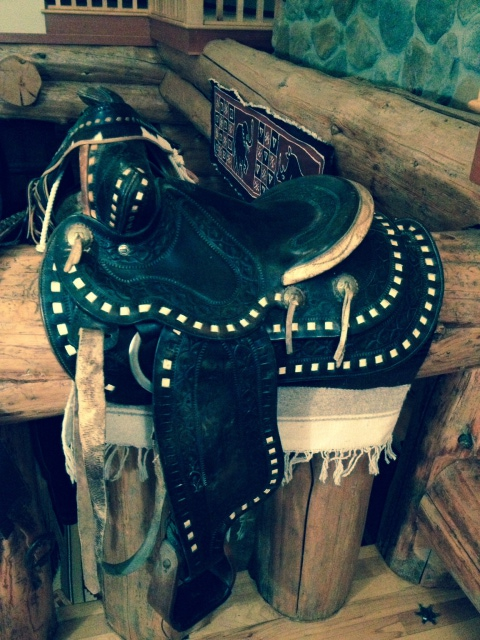QuestionHi!
I got 2 horses which I ride a lot. I was just wondering:
1: how tight should the girth be? I'm afraid that if I pull it real tight that I might hurt the horse, but if I don't, I'm afraid that I might fall off saddle and all.
2: If you are on a horse, is there anyway that you can calm it down if it's stressed?
3: how can you get a horse to go from a fast gallope to flat out running?
Thanks for listening, hope to hear from you soon.
AnswerHi Sonja, glad you have two horses to ride, that's great. What kind of riding do you do? What kind of horses are they? As an overall answer to all of your questions, I'd suggest you take a few lessons or go ride in a clinic. An instructor who sees you and the horses can help you a lot better than I can.
>> 1: how tight should the girth be? I'm afraid that if I pull it real tight that I might hurt the horse, but if I don't, I'm afraid that I might fall off saddle and all. >>
The saddle needs to fit the horse, if it doesn't fit well, it will hurt the horse's back regardless of how tight the girth is. That said, if you can easily pull the saddle around the horse's barrel (say, like when you mount) IT'S DANGEROUS. Pretty much any horse might panic if the saddle winds up under the belly. Saddles should be secure enough even if the horse shudders, shakes, or even rolls. Girths should be tight enough that the horse can canter with the saddle on (no rider) and the saddle is secure.
Now, theoretically (meaning don't try this except in safe round pen or on the lunge) a rider with good seat should be able to balance well even if the girth is not tight at all... but then I'd rather go bareback. A loose girth is DANGEROUS. A real no-no.
>>2: If you are on a horse, is there anyway that you can calm it down if it's stressed? >>
Yes, we can learn to understand every precise nuance of the horse's mind and body. We can learn to be leaders worthy of our horse's trust :) It takes a good human teacher, a few good horsey teachers with patience for our fumblings, lots of practice, but we can learn to understand what calms horses down, and how to do it. I suggest you ride in a clinic /watch tapes from http://brannaman.com
Hint: practically speaking, this is a hint: I like to free up the horse's feet. I won't try to stop a horse unless the horse wants to stop. I let, allow and encourage a horse to move her feet: I give her a job to do, say like going in a circle, and reward when her attention is on me.
>3: how can you get a horse to go from a fast gallope to flat out running? >
Don't do it if you aren't sure about your saddle fit or girthing, and don't do it until you know that you can calm a horse down.
Rena

 thrush on hoof
Question
thrush
hello. hope you can answer this
thrush on hoof
Question
thrush
hello. hope you can answer this
 remedy for caugh and cold
Question
nebulizer
hello maam. what is the remed
remedy for caugh and cold
Question
nebulizer
hello maam. what is the remed
 Kaves Ankle Injury
QuestionQUESTION: Hi Anne,
Yes I did hear back from Dr
Kaves Ankle Injury
QuestionQUESTION: Hi Anne,
Yes I did hear back from Dr
 B.H. Willis Maker saddle
Question
Saddle name Top view saddle
I am
B.H. Willis Maker saddle
Question
Saddle name Top view saddle
I am
 Hess & Hopkins saddle
Question
Old saddle Saddle
Hi Shelley,
I h
Hess & Hopkins saddle
Question
Old saddle Saddle
Hi Shelley,
I h